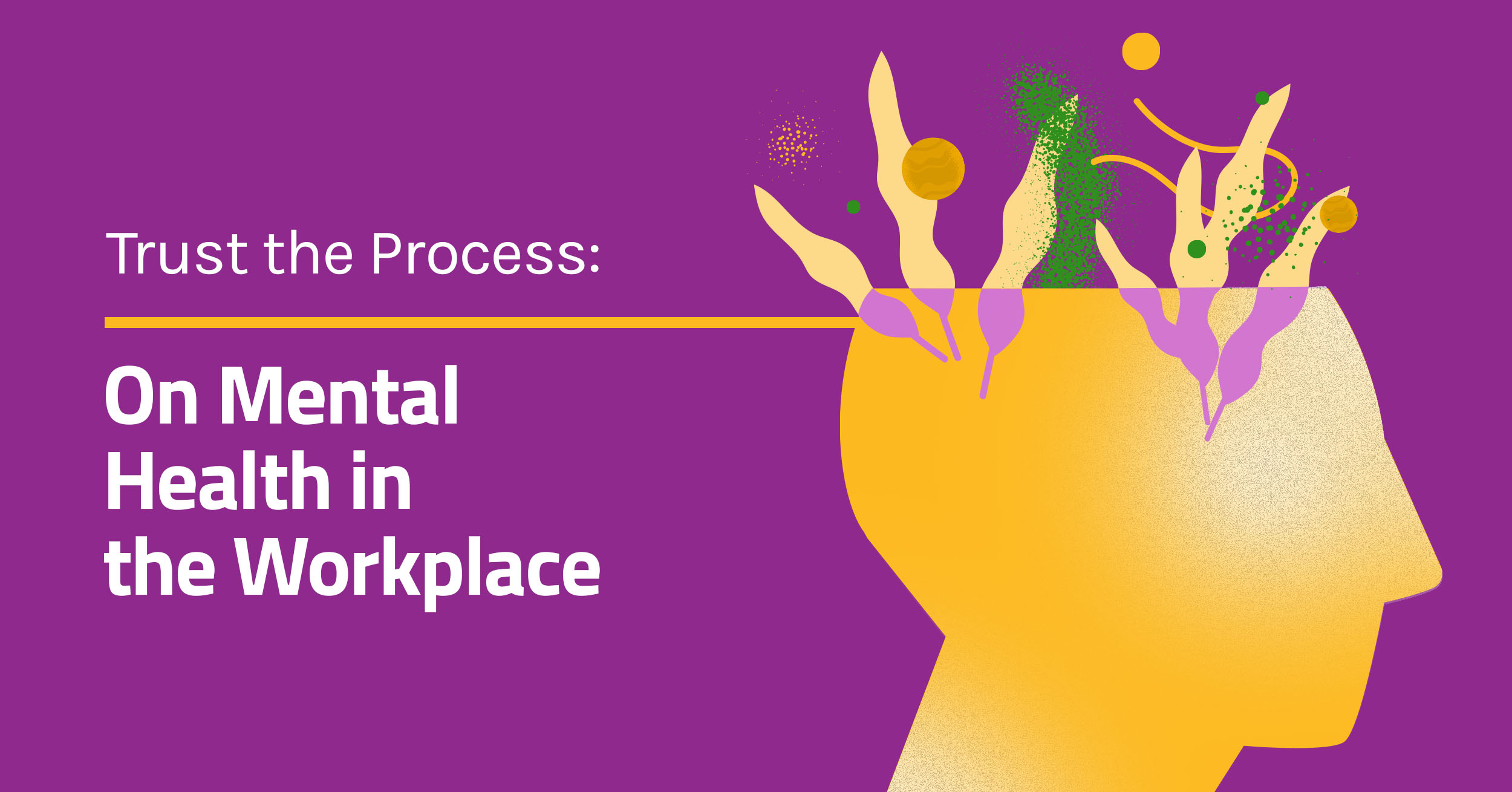Hybrid Work Model: Get Work Done When and Where You’re Most Productive

In most modern enterprises, hybrid work schedules are gaining acceptance and will likely stay that way for the foreseeable future. More and more people are expressing a preference to working from home and businesses are taking notice.
The Future of Work is Flexible
For the longest time, businesses have always been bound to traditional or on-site work schedules. People worked in offices or cubicles from 9–5. Many companies, such as Japan’s Fujitsu, have long considered transitioning to flexible work arrangements as their main model. However, many are still cautious to take the risk and shake things up. According to an article by Forbes, some companies were hesitant to adopt the hybrid model because of the amount of time and resources it will take to master an entirely new way of conducting business.
In February 2020, companies across the globe were faced with the reality of the pandemic, raising questions of how they could better adapt to stay agile. Many transitioned into the remote work model, allowing them to maintain operations despite the limitations of lockdowns. As the workforce returns to offices all over the world, the question remains: is there a way to adopt a hybrid of both the traditional and remote work setups so that both employers and employees get the best of both worlds?
A Case in Favor of a Hybrid Work Model
In the best case scenario, a hybrid work model affords organizations and employees to enjoy the advantages of on-site and remote work. When done right, hybrid work serves as the avenue to create a culture that supports both businesses and employees.
Greater Flexibility is a Welcome Change
Far from the traditional office setting with large open floors, sprawling cubicles, and desk-bound meetings, the hybrid work model allows for greater flexibility. People can work when and where they are most productive and enjoy a better work-life balance.
On the other hand, businesses stand to gain access to a more diverse talent pool. With a hybrid work model, companies are empowered to hire top talent across the globe.
Reduced Costs for Employees and Businesses Alike
With fewer employees working on-site, businesses can downsize and reduce overhead costs for office spaces, materials, and utilities. Hybrid work also helps businesses reduce their carbon footprint. According to an article by Forbes, working from home reduces the amount of nitrogen dioxide, which is the main pollutant generated by traffic emissions, by around 10%.
With rising prices of gas and commodities, the cost of commuting to and from the office can take a toll. Given the option to work remotely, employees can say goodbye to the hassle of commuting.
Boost Employee Satisfaction
More than just boosting morale and productivity, hybrid work bolsters employee satisfaction by allowing your team greater autonomy, empowering them to curate their ideal work environment, and the work hours when they are most productive.
A hybrid work environment offers a great work-life balance for employees, boosting employee satisfaction. It helps them fit work around their personal lives. Reducing the number of times employees need to commute in a week, they have more time and flexibility for personal and family commitments.
Equal Focus on Individual and Collaborative Work
In a hybrid work model, employees are empowered to choose where and when they can work to their strengths and focus better on their tasks, which in turn boosts productivity.
People’s capacity to work at peak performance and productivity varies greatly depending on personal preferences. Some people can better focus when working from home. Others prefer the office setting, free from the distractions of chores and housemates. Hybrid work provides flexibility for both.
Foster Personal Connections Amongst Your Team
Interpersonal connections within your team improve employee wellness and retention. According to a study by Forbes, employees with personal connections with their team are more likely to be engaged and loyal workers.
Collaboration works best when everyone in your team shares a personal connection with each other. While working remotely has its benefits, it can often give employees a sense of isolation. Luckily, a hybrid model gives them the option to work in the office, bond with teammates, and handle collaborative work in person.
To keep remote-only employees engaged, StraightArrow's Employee Engagement team, internally called VIBE, regularly hosts events where everyone can join via conferencing and online meeting apps. Monthly Town Halls also serve to keep everyone in the loop of how we are performing as a company, providing transparency on wins and providing goals for team members to work towards.
How StraightArrow Makes the Hybrid Work Model Work

A successful hybrid work model requires more than just having the right tools and infrastructure—it takes a significant cultural change. We need to break away from the status quo and foster a new work culture that empowers people to do their best work no matter where they are. To do that, we observe four best practices:
- Adapt the remote-first mindset
We create a purpose-built digital space where everyone collaborates and comes together—no matter where they are physically located. - Treat remote and on-site work as equal and valid
We foster an equitable hybrid work culture, where remote and on-site work are viewed and valued as equal. - Make team-building efforts genuine and impactful
We put a lot of thought and effort into every team-building activity we plan for our team. Our VIBE team works hard to ensure everyone can enjoy the events whether they are on-site or tuning in from home. - Bolster our core values in a new digital space
We remain true to our core values no matter where we are. We take our values beyond the halls and walls of our offices and ensure that they are woven into the fabric of our hybrid work environment.
When implementing a hybrid work model, it is crucial to understand the different drivers for productivity, identify the challenges or blockers to these drivers, and determine ways to overcome them.
To get more context, let’s deep dive into these drivers of productivity such as:
Transparency
A successful hybrid work model is built upon a foundation of transparency. For a hybrid work schedule to be effective, team members need to be open and honest about how and where they’re working from. This requires a mindset that views transparency as a personal responsibility.
By letting your teammates know how and where you can be contacted, you are proactively providing your leaders with information to help build trust and maintain clear and constant communication within the team.
Accountability
In a hybrid work model, being able to trust your employees to finish their work on time is crucial. By making everyone accountable for their work, StraightArrow fosters independence and ensures every project is done in a timely manner. There are many ways we keep everyone accountable including:
- Scheduling check-ins including weekly one-on-one and catch-up meetings with the entire team to discuss their work
- Setting standards and metrics to track their performance through scorecards and productivity tools
- Implementing processes to ensure the quality of work and SLA compliance across the board through project management systems such as HubSpot and ActiveCollab.
Teamwork Makes the Dream Work
While collaboration is often viewed as best done in person, businesses with hybrid models can foster conducive environments for collaboration by leveraging a suite of different online meeting apps (such as Zoom, Microsoft Teams, Google Meet, Slack, or Skype) and Tools.

To gear up for a hybrid work environment that fosters collaboration, we’ve developed and adapted a set of simple best practices for virtual and hybrid meetings. The goal of these practices is simple: ensure that everyone has equally meaningful, inclusive, and productive meetings regardless of whether they’re attending from the office or from their couch. Here’s how StraightArrow’s 5-point Meeting Etiquette works:
- Have a Remote First Mindset
Especially if you are in a hybrid setup, everyone should sign in virtually and acknowledge everyone at the start of the meeting. This emphasizes connection, even while we’re working apart. - Turn on Your Cameras
Speaking of connections, keeping your camera turned on and available is a great way to feel connected while talking to everyone. In the event that you can't turn on your cameras, everyone is highly encouraged to share their reasons. That way, if it’s a technical issue, we can have our IT department assist them as soon as possible. - Mind the Mute Button
By default, it’s good video conferencing etiquette to place your audio on mute when you're not speaking. In hybrid meetings, it’s equally important to beware of audio feedback: the person/s speaking in the meeting should be the only ones off-mute. Lastly, staying muted helps the facilitator and other team members monitor when someone unmutes, as they may have something to share in the discussion. - Maximize your tools
Some online meeting apps such as Zoom allow you to share a thumbs-up to let the speaker know that everything is clear. Leverage these cues: raise a hand if you have a question or thought and wait to be addressed by the person presiding over the meeting. React to acknowledge what the current speaker is saying, or utilize the poll function if you need to get everyone's pulse on a certain issue. - Assign Roles in Your Meeting
To keep the flow of the meeting smooth, it’s important to delegate various tasks. Assign roles to the members of your team such as facilitator, screen presenter, scribe, and mute police.
Diversify your talent pool with the help of creative process outsourcing.
With the future of work looking more and more flexible, your access to talent spans the globe. At StraightArrow, we support numerous clients to reach their target audiences and achieve their marketing goals with the help of our digital marketing services. If you’re looking for talented creative professionals to join your remote team—we'd love to collaborate with you.








Comments